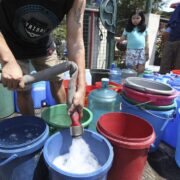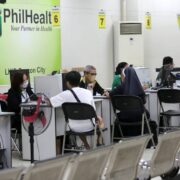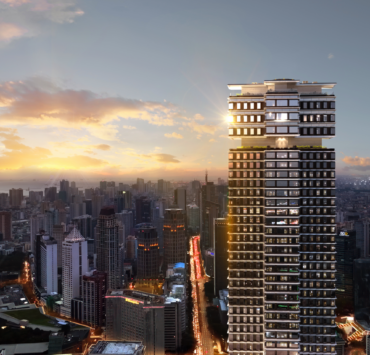Houses, buildings, and townships conversing with roads, buses, and trains
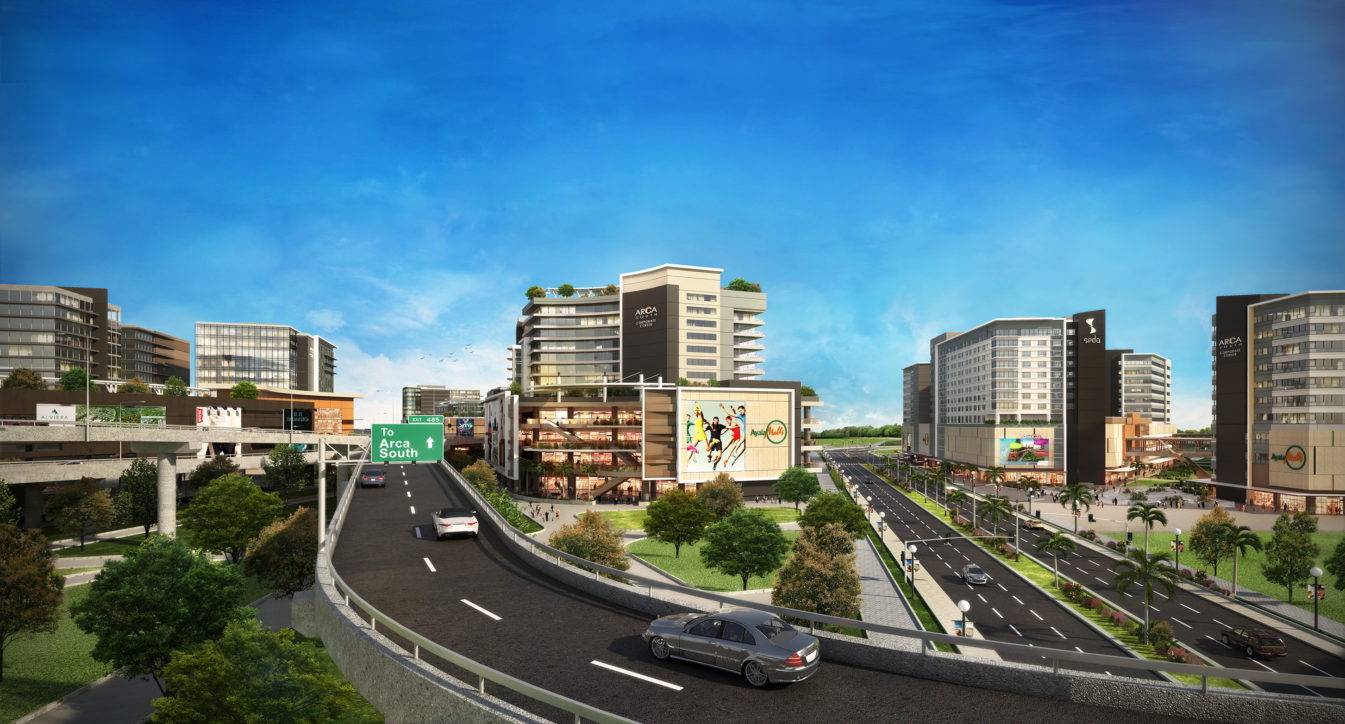
It is a dance that can be well-choreographed to realize growth in our towns and cities! It is the confluence of real estate and infrastructure.
Real estate development in the Philippines is fueled by private sector initiatives, public-private partnerships, and government-led projects, which are all essential to driving economic growth and creating a resilient market.
The private sector drives innovation through mixed-use townships and commercial hubs that attract investment and generate employment. Public-private collaborations, often led by the national government, focus on large-scale infrastructure projects that enhance connectivity and support regional development. These projects are crucial for sustainable urban growth.
The Philippine real estate market presents a lot of opportunities, ranking 4th in Southeast Asia for its attractive price-to-rent ratio and high rental yields. With a young population and increasing urbanization, demand for residential and commercial spaces is on the rise–setting the stage for innovation and sustainable growth in the real estate sector.
To sustain progress, the focus must be on long-term developments and collaboration among key stakeholders. A notable example is the 30-year Rizal Park redevelopment project, designed to enhance sustainability, inclusivity, and functionality, benefiting tourism and the community.
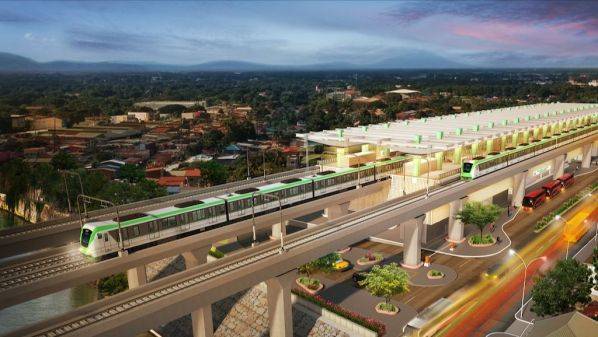
Impact of key infrastructure projects
The 144-km North-South Commuter Railway (NSCR), also known as the Clark-Calamba Railway, is seen to improve connectivity between urban and rural areas of the Greater Manila Area, boosting residential and commercial real estate development along their routes.
The upcoming SLEX TR-4 and TR-5 is seen enhancing transportation efficiency from Metro Manila to the southern provinces, attracting commercial and industrial developments in nearby areas. Both the TR-4 (Star Tollway to Lucena) and TR-5 (Lucena to Bicol) will cut travel tim significantly.
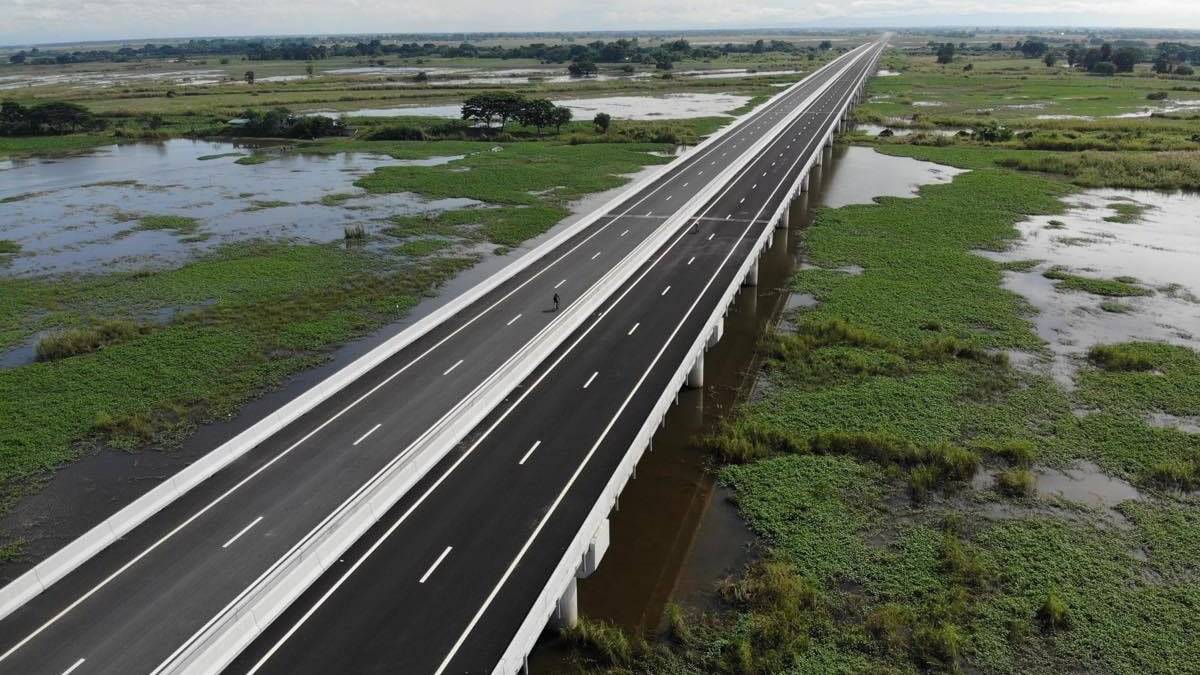

Mass transit systems MRT-7 and Metro Manila Subway will likewise increase accessibility, driving up property values and encouraging residential and commercial developments within the vicinity. The 11-km LRT-4, which will connect parts of Metro Manila to Taytay in Rizal is seen to boost real estate growth in this town and surrounding areas, attracting investments due to improved accessibility and urbanization potential.
The Philippine national government also launched various digitalization efforts, including the e-Government Master Plan, the rollout of the National Broadband Program, and initiatives like the DICT’s Free Wi-Fi for All project. These efforts enhance connectivity by bridging digital divides, fostering economic growth, and enabling seamless communication and access to government services.
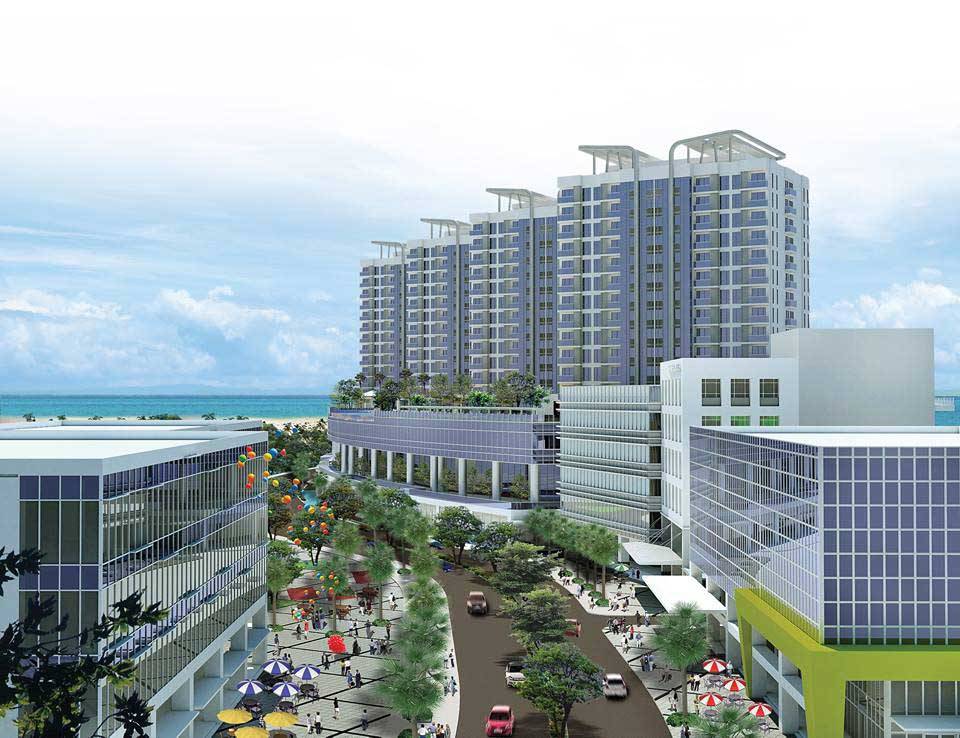
Examples of real estate necessitating infra development
Located near South Luzon Expressway (SLEx), Arca South is a mixed-use development that has spurred economic activity by attracting businesses, creating job opportunities, and improving infrastructure such as roads and utilities. In Cebu, Mactan Newtown’s development led to significant infrastructure improvements, including road expansions and new utilities, boosting economic activity in the region.
Bridgetowne Destination Estate has also attracted investments, created jobs, and improved infrastructure such as roads and public transportation systems whereas Filinvest City has enhanced local infrastructure and attracted businesses and residents in the area.
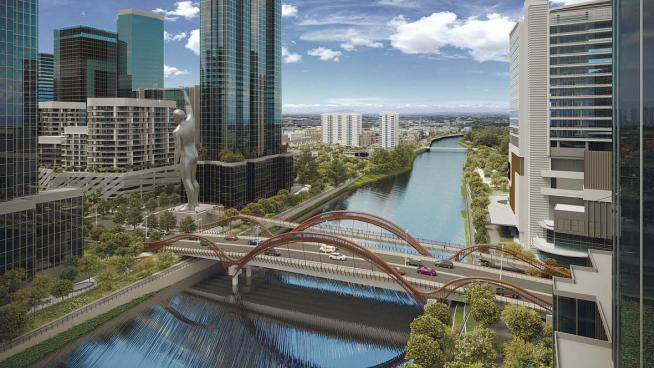
New directions for real estate development
Community-centric development. This approach focuses on creating spaces that enhance the quality of life by prioritizing green spaces, walkability, and access to essential services. Engaging residents in the planning process fosters a sense of ownership and community.
Agile infrastructure. This emphasizes flexibility and adaptability in infrastructure development, allowing for quick adjustments to meet changing needs and technological advancements.
Green and blue infrastructure. Integrating green spaces (parks and green roofs) and blue infrastructure (water management systems) enhances the livability of cities, attracts investments, and promotes environmental sustainability.
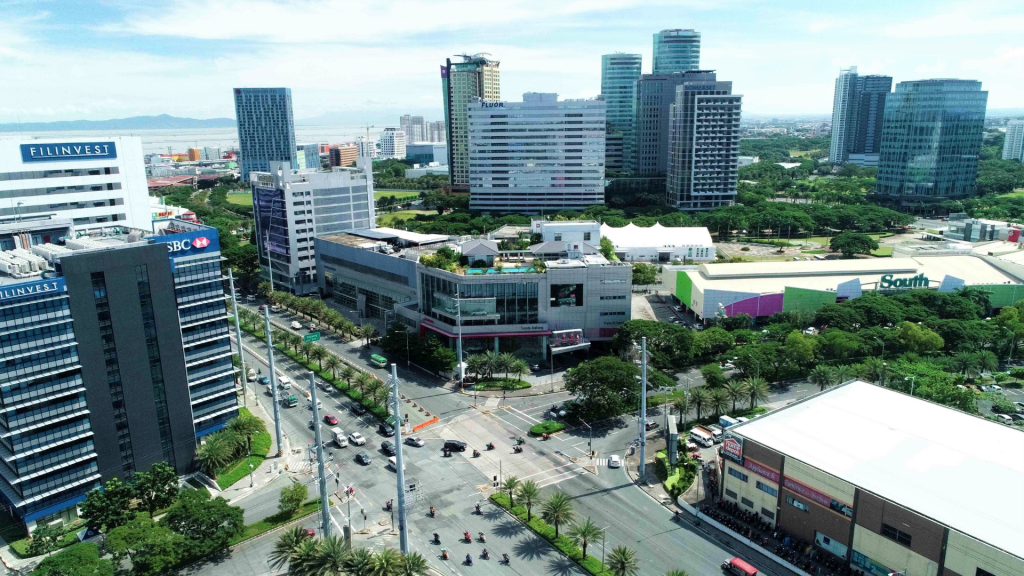
Future directions
The confluence of real estate development and infrastructure is vital to creating more livable spaces.
By overcoming current challenges and embracing sustainable, community-centric, and agile approaches, we can create spaces that foster growth and improve quality of life. This requires collaboration among developers, policymakers, architects, urban designers and residents to ensure that real estate development designs and outputs create significant and tangible impacts.
Let’s keep this synchronous dance in mind as we greet 2025 and the years to come .
References:
Inquirer.net (2024). Upcoming infrastructure projects from 2024 to 2028; https://www.megaworldcorp.com; https://www.ayalaland.com.ph; https://www.bridgetownedestinationestate.com
Richelle Rhea R. Baria is a dedicated mother of three and an architect. She is an Assistant Professor and is currently pursuing her PhD in Designed and Built Environment (DBE) at the University of the Philippines Diliman, where she also serves the Urban Design Studio Laboratory Coordinator. Her research and design interests encompass architectural and urban design, architectural and urban lighting, the creation of women’s spaces, and the development of resilient coastal cities.









